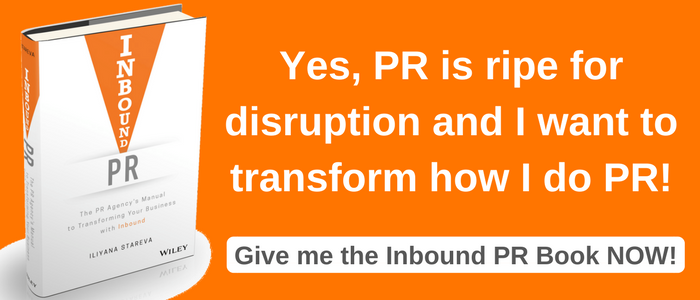
Customer health has always been at the heart of Customer Success. But in most SaaS organisations, the way we measure it hasn’t kept up with how customers actually evolve.
We started with health scores — simple, single-number snapshots that promised clarity but often delivered false confidence. Then we learned that what really matters isn’t the score itself but the system behind it — a structure of signals, alerts, and playbooks that help teams act in real time.
That evolution took us from monitoring customers to actually managing them. Still, even the best health systems face a new challenge: scale.
When you’re tracking thousands of customers across dozens of products, regions, and behaviours, no human can realistically spot every trend or risk early enough. That’s where AI health scoring comes in — not as a replacement for human judgment, but as an accelerator of it.
AI gives us the ability to move from static, manual interpretation to predictive, data-driven action. Instead of waiting for a red score or a missed milestone, we can now see subtle behavioural shifts — declining engagement, tone changes in communication, or anomalies in product usage — that reveal what’s coming next.
And the business case is compelling: According to Gainsight and TSIA, companies with predictive, AI-enhanced health models report up to 2x higher retention rates and 25–40% faster detection of churn risk compared to those using traditional models.
At a time when customer retention directly drives valuation and growth, seeing risk before it becomes visible is one of the biggest competitive advantages a SaaS company can build.
If you’re following this series, this is the next step after building a signal-driven health system.
- In Why Customer Health Is Broken, I explained why static scoring no longer works.
- In From Health Score to Health System, we explored how to structure signals and alerts to take proactive action.
Now, it’s time to add the next layer: AI — the intelligence that turns your customer data into foresight.
What AI Health Scoring Actually Means
AI health scoring doesn’t replace your health model — it enhances it. Instead of a fixed formula, AI looks for patterns, correlations, and anomalies across your entire customer base.
It combines:
- Product usage data
- Engagement signals
- Communication tone (emails, meeting transcripts, sentiment)
- Business metrics (renewal trends, expansion patterns)
AI health scoring transforms these into predictive insights — identifying not just who’s at risk, but why, and often before humans can see it.
How to Build an AI-Enhanced Health Score
Step 1 — Start with Your Existing System
You already built the foundation: milestones and risk alerts. AI works best when it learns from structured systems, not raw chaos. Feed it your playbooks, signals, and historic outcomes.
Step 2 — Gather the Right Data
Bring together product, engagement, support, and financial data into a single customer view. Focus on signal quality, not quantity — noise confuses the model.
Step 3 — Choose the Right Model Approach
- Predictive models -> forecast churn or expansion likelihood.
- Anomaly detection -> spot deviations from expected behaviour.
- Natural Language Processing (NLP) -> extract insights from notes, emails, surveys.
Step 4 — Test and Train Continuously
Start with historical data and compare AI predictions to real outcomes. Refine thresholds and add new signals as your system matures.
The Hidden Risk — AI Bias
AI is only as good as the data it learns from. If your data reflects past biases (e.g. focusing only on large customers or English-language feedback), your model will replicate them.
3 ways to reduce bias:
- Diversify your training data — include segments, industries, and regions.
- Keep a human-in-the-loop — CSMs should validate or override predictions when needed.
- Measure fairness — monitor if the model treats all segments equally in accuracy and outcomes.
Bias can’t be fully eliminated, but it can be managed with transparency and governance.
Where AI Adds the Most Value
AI isn’t there to replace your CSMs — it’s there to make them smarter. Some high-impact use cases:
- Predictive churn detection (based on leading signals).
- Smart playbook recommendations for CSMs based on risk patterns.
- Proactive renewal insights (“Accounts like this renewed when exec engagement was reactivated.”).
- Signal prioritisation — helping teams focus on what really matters, not just what’s noisy.
AI as the Next Layer of Customer Health
We’ve moved from scores to systems and signals, and now AI-driven prediction. AI doesn’t just show you where your customers stand today — it helps you see where they’re heading next. That’s the real promise of proactive Customer Success.
Read the earlier posts in this series if you missed them:
And stay tuned for the next post: How to Design Alerts That Drive Action.







